4-Bromo-4'-fluorobiphenyl
- CAS NO.:398-21-0
- Empirical Formula: C12H8BrF
- Molecular Weight: 251.09
- MDL number: MFCD00017954
- EINECS: 206-909-0
- SAFETY DATA SHEET (SDS)
- Update Date: 2023-12-18 20:10:17
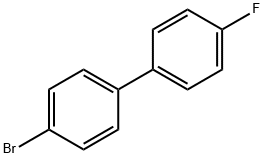
What is 4-Bromo-4'-fluorobiphenyl?
Chemical properties
White powder, monoclinic, P21/c, a = 9.78(2), b = 13.33(2), c = 17.69(3) A, fl = 116.3(5) °, U = 2068.13(15) A3, Z = 8, Dx = 1.60 Mg m-3, Mo Kct radiation, 2 = 0-71069 A, /~ = 38-42 mm-1, F(000) = 992, T = 293K. Intensity data were only observable to a resolution of 1-1 A. 392 reflections were measured from a single crystal. 4,4'-disubstituted biphenyls crystallize in spacegroup No. 14 with either Z = 8 or Z = 2 [Brock, Kuo & Levy (1978). Acta Cryst. B34, 981-985]. The 4F,4'F compound is of the latter type, the 4Br,4'Br is of the former. This study was undertaken to find out to which group (if either) the mixed 4Br,4'F compound belonged. It is in fact isostructural with 4,4'-dibromobiphenyl.
The Uses of 4-Bromo-4'-fluorobiphenyl
4-Bromo-4'-fluorobiphenyl is a reagent used in the preparation of 5-hydroxypyrimidine-4-carboxamide compounds for promoting erythropoietin (EPO) production.
Safety
4-Bromo-4'-fluorobiphenyl is flammable and its containers may explode when heated. Vapors may form explosive mixtures with air and travel to the source of ignition and flash back.
Properties of 4-Bromo-4'-fluorobiphenyl
| Melting point: | 92.5-97.5 °C(lit.) |
| storage temp. | Sealed in dry,Room Temperature |
| color | White to off-white |
| InChI | InChI=1S/C12H8BrF/c13-11-5-1-9(2-6-11)10-3-7-12(14)8-4-10/h1-8H |
| CAS DataBase Reference | 398-21-0(CAS DataBase Reference) |
| NIST Chemistry Reference | 4-Bromo-4'-fluorobiphenyl(398-21-0) |
Safety information for 4-Bromo-4'-fluorobiphenyl
| Signal word | Danger |
| Pictogram(s) |
 Corrosion Corrosives GHS05  Exclamation Mark Irritant GHS07  Environment GHS09 |
| GHS Hazard Statements |
H302:Acute toxicity,oral H318:Serious eye damage/eye irritation H410:Hazardous to the aquatic environment, long-term hazard |
| Precautionary Statement Codes |
P264:Wash hands thoroughly after handling. P264:Wash skin thouroughly after handling. P270:Do not eat, drink or smoke when using this product. P273:Avoid release to the environment. P280:Wear protective gloves/protective clothing/eye protection/face protection. P301+P312:IF SWALLOWED: call a POISON CENTER or doctor/physician IF you feel unwell. P305+P351+P338:IF IN EYES: Rinse cautiously with water for several minutes. Remove contact lenses, if present and easy to do. Continuerinsing. |
Computed Descriptors for 4-Bromo-4'-fluorobiphenyl
| InChIKey | XFGPSHWWPIFPNL-UHFFFAOYSA-N |
| SMILES | C1(C2=CC=C(F)C=C2)=CC=C(Br)C=C1 |
New Products
4-AMINO-TETRAHYDRO-PYRAN-4-CARBOXYLIC ACID HCL 4-(Dimethylamino)tetrahydro-2H-pyran-4-carbonitrile 4-Aminotetrahydropyran-4-carbonitrile Hydrochloride (R)-3-Aminobutanenitrile Hydrochloride 3-((Dimethylamino)methyl)-5-methylhexan-2-one oxalate 1,4-Dioxa-8-azaspiro[4.5]decane 5-Bromo-2-nitropyridine Nimesulide BP Aceclofenac IP/BP/EP Diclofenac Sodium IP/BP/EP/USP Mefenamic Acid IP/BP/EP/USP Ornidazole IP Diclofenac Potassium THOMAIND PAPER PH 2.0 TO 4.5 1 BOX BUFFER CAPSULE PH 9.2 - 10 CAP SODIUM CHLORIDE 0.1N CVS ALLOXAN MONOHYDRATE 98% PLATINUM 0.5% ON 3 MM ALUMINA PELLETS (TYPE 73) LITHIUM AAS SOLUTION 2-Bromo-1-(bromomethyl)-3-chloro-5-nitrobenzene 2-Bromo-3-nitroaniline N-(3-Hydroxypropyl)-N-methylacetamide 3-Bromo-6-chloropyridazine 4-ethyl-3-nitrobenzoic acidRelated products of tetrahydrofuran
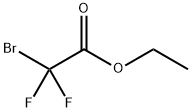


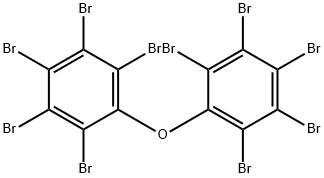
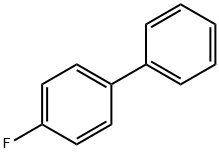

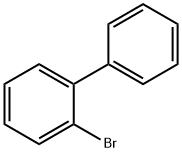
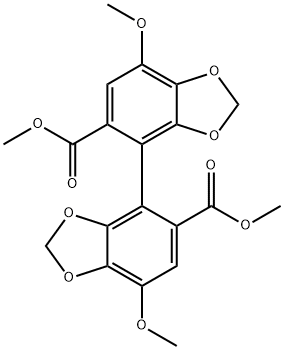
You may like
-
 4-Bromo-4′-fluorobiphenyl CAS 398-21-0View Details
4-Bromo-4′-fluorobiphenyl CAS 398-21-0View Details
398-21-0 -
 1-Methyl-6-oxo-1,6-dihydropyridazine-3-carbonitrile 98%View Details
1-Methyl-6-oxo-1,6-dihydropyridazine-3-carbonitrile 98%View Details
99903-60-3 -
 1823368-42-8 98%View Details
1823368-42-8 98%View Details
1823368-42-8 -
 2-(3-(tert-butyl)phenoxy)-2-methylpropanoic acid 1307449-08-6 98%View Details
2-(3-(tert-butyl)phenoxy)-2-methylpropanoic acid 1307449-08-6 98%View Details
1307449-08-6 -
 Ethyl 3-(furan-2-yl)-3-hydroxypropanoate 25408-95-1 98%View Details
Ethyl 3-(furan-2-yl)-3-hydroxypropanoate 25408-95-1 98%View Details
25408-95-1 -
 2-Chloro-5-fluoro-1-methoxy-3-methylbenzene 98%View Details
2-Chloro-5-fluoro-1-methoxy-3-methylbenzene 98%View Details
1805639-70-6 -
 1784294-80-9 98%View Details
1784294-80-9 98%View Details
1784294-80-9 -
 Lithium ClavulanateView Details
Lithium ClavulanateView Details
61177-44-4